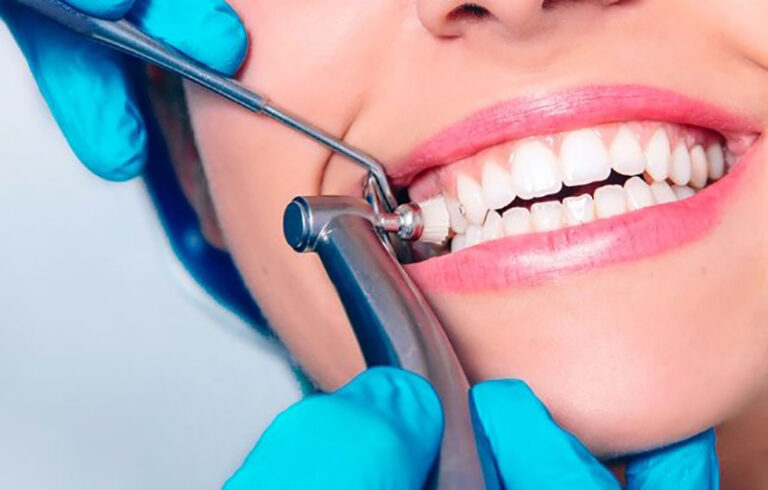
Understanding Modern Dental Enhancement
Dental aesthetics and oral health have become increasingly interconnected in modern dentistry. As more individuals seek both functional and cosmetic improvements to their smiles, composite bonding London treatments have emerged as a revolutionary solution that addresses multiple dental concerns simultaneously.
The Science Behind Composite Bonding
Composite bonding represents a significant advancement in dental technology, utilising tooth-coloured resin materials that adhere directly to the tooth surface. This innovative procedure has transformed the landscape of cosmetic dentistry, offering remarkable improvements in both dental aesthetics and structural integrity.
Key Components of Dental Composites
The materials used in composite bonding consist of several essential elements:
- Resin matrix
- Inorganic filler particles
- Coupling agents
- Colour pigments
These components work together to create a durable, natural-looking solution that strengthens teeth while enhancing their appearance.
Protective Benefits for Dental Health
When considering composite bonding treatments, many individuals focus primarily on the aesthetic advantages. However, the procedure offers numerous protective benefits for oral health. Understanding the relationship between composite bonding and periodontal health is crucial for those considering this treatment option.
Strengthening Dental Structure
The application of composite materials helps reinforce weakened teeth, providing:
- Enhanced structural support
- Protection against further wear
- Improved bite distribution
- Reduced sensitivity in affected areas
These benefits contribute significantly to long-term oral health maintenance and prevent further deterioration of natural tooth structure. Dental bonding proves particularly effective in addressing chipped or damaged teeth, offering both immediate and lasting protection.
Long-term Effects on Dental Wellness
The durability of composite bonding materials plays a crucial role in maintaining oral health over time. When properly maintained, these restorations can protect teeth from various forms of damage whilst preserving the natural tooth structure beneath.
Maintenance Requirements
To ensure optimal results from composite bonding treatments, patients should follow specific care guidelines:
- Regular dental check-ups every six months
- Careful attention to oral hygiene practices
- Avoidance of staining substances
- Protection during high-impact activities
Impact on Daily Oral Function
Beyond the immediate aesthetic improvements, composite bonding contributes significantly to enhanced oral function. Patients often report improved ability to bite, chew, and speak following treatment. This functional enhancement stems from the restoration of proper tooth structure and alignment.
By rebuilding worn, chipped, or misshapen teeth, composite bonding helps re-establish correct occlusion (bite) and tooth-to-tooth contact. This not only distributes chewing forces more evenly across the dental arch but also reduces strain on surrounding teeth, muscles, and joints—potentially alleviating issues such as jaw discomfort or tension headaches associated with a misaligned bite.
Furthermore, restoring natural tooth contours supports more effective speech articulation, particularly in cases where gaps or irregular shapes had previously affected pronunciation. Even minor adjustments in tooth position or length can have a noticeable impact on clarity of speech, contributing to a more confident and comfortable daily experience.
Composite bonding also plays a preventive role in maintaining long-term oral health. By closing small gaps and smoothing rough surfaces, it reduces areas where food particles and plaque might accumulate, making oral hygiene easier and more effective. In some cases, it can even serve as a protective barrier for enamel in patients experiencing minor erosion or sensitivity.
Ultimately, the functional benefits of composite bonding go hand in hand with its cosmetic appeal. When carefully planned and executed, the treatment restores harmony not just to the smile’s appearance, but to its role in essential daily activities—allowing patients to eat, speak, and smile with renewed comfort and confidence. This dual impact—enhancing both form and function—makes composite bonding a truly versatile solution in modern dentistry.
Psychological Benefits
The positive impact of composite bonding extends beyond physical improvements. Many patients experience:
- Increased confidence in social situations
- Better self-image during professional interactions
- Reduced anxiety about dental appearance
- Greater willingness to smile and engage with others
Future Developments in Dental Care
As dental technology continues to advance, composite bonding techniques and materials are expected to evolve further. These developments will likely focus on:
- Enhanced material durability
- Improved colour matching capabilities
- More efficient application methods
- Extended longevity of results
Moving Forward with Dental Enhancement
The role of composite bonding in modern dentistry continues to expand, offering patients a versatile solution for various dental concerns. As awareness grows about the connection between oral aesthetics and overall wellbeing, composite bonding practitioners remain at the forefront of delivering these innovative treatments. The procedure’s ability to combine cosmetic enhancement with structural improvement makes it an invaluable option in contemporary dental care, ensuring that patients can achieve both the smile they desire and the oral health they need.




